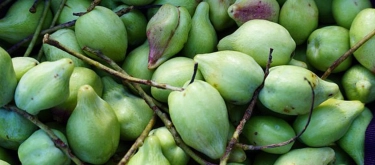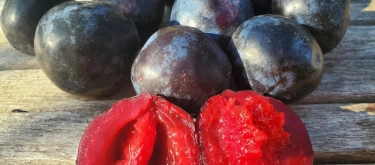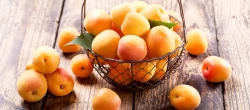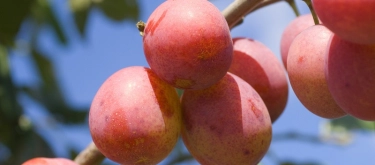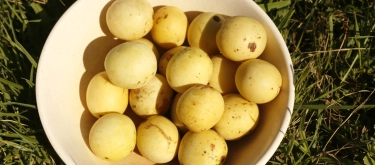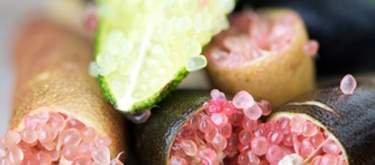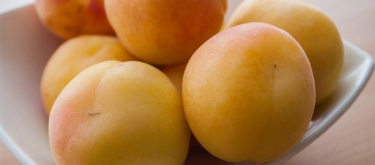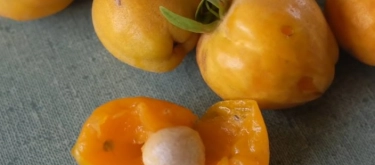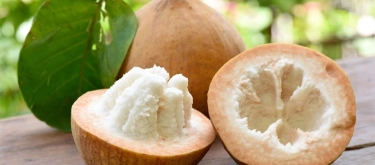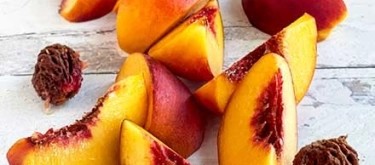Quandong: Taste Profile, Aroma, Benefits and Health Risks
Quandong (Santalum acuminatum), also known as the Australian wild peach or desert peach, is a native Australian fruit, widely celebrated by Indigenous Australians for its nutritional and medicinal properties. Found predominantly in arid and semi-arid regions, quandong is increasingly prized for its vibrant taste and unique culinary characteristics.
Quandong is generally safe for consumption but may trigger allergic reactions in those sensitive to stone fruits.
What does Quandong taste like?
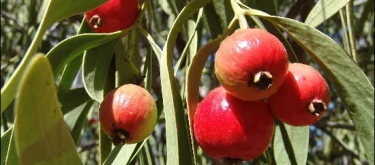
Complete Sensory Description:
-
Taste: Quandong fruit offers a refreshingly tart and tangy flavor with a mildly sweet undertone and subtle nutty notes. Its distinctive sourness is pleasantly balanced and uniquely robust.
-
Aroma: The fruit exhibits a fresh, fruity aroma with subtle hints of peach and apricot, complemented by delicate woody undertones.
-
Texture: Quandong flesh is firm and slightly fibrous, surrounding a large, textured seed. When dried, the texture becomes chewy and somewhat leathery.
-
Appearance: Small, round, and brightly colored, quandong fruits range from vivid red to deep crimson when fully ripe, enclosing a relatively large seed.
In-depth Flavor Analysis:
The characteristic tartness of quandong primarily arises from its high organic acid content, especially malic acid. Its mild sweetness, attributed to fructose and glucose, creates a pleasing balance against the sharpness. Nutty undertones derive from fatty acids and essential oils present in the fruit's seed and flesh. Flavor intensity and complexity are notably influenced by ripeness and method of preparation, with cooking often accentuating sweetness and reducing tartness.
Flavour Variations Depending on Preparation and Ripeness:
-
Ripeness: Unripe quandongs are notably tart, sharply acidic, and less sweet. Fully ripe quandongs become more palatable, with increased sweetness and milder acidity, making them ideal for fresh consumption.
-
Preparation: Cooking quandong, as in jams, sauces, or pies, considerably reduces tartness and enhances its sweetness, creating balanced and richly flavored dishes. Dried quandong develops concentrated sweetness with intensified fruity and slightly nutty flavors.
Varieties and Culinary Applications:
While no distinct named varieties exist widely, quandong flavors can vary regionally based on climate and soil conditions. Quandongs are extensively used in jams, sauces, pies, chutneys, desserts, beverages, and even savory dishes. The dried fruit is popular as a nutritious snack, while its unique flavor pairs well with meats, especially game and poultry.
Selection and Storage:
Select quandongs that are firm, brightly colored, and free from bruising or blemishes. Fresh quandongs should be refrigerated and consumed promptly, within a week. Dried quandongs can be stored in an airtight container at room temperature for several months, retaining flavor and nutritional benefits.
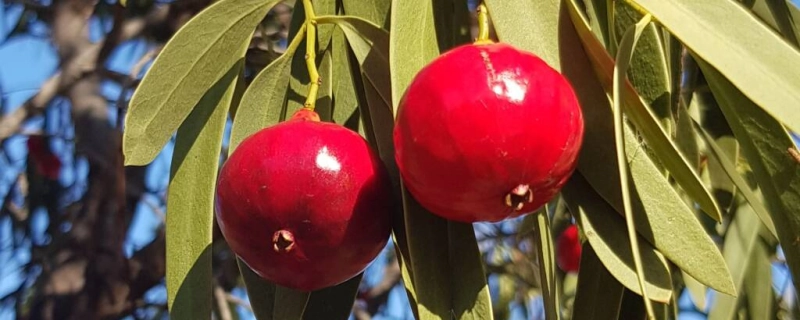
Nutritional Insights:
Quandongs are exceptionally rich in vitamin C, antioxidants, dietary fiber, potassium, and vitamin E. Regular consumption can enhance immune function, reduce inflammation, support cardiovascular health, and promote overall well-being due to its potent antioxidant activity.
Expert Insights & Culinary Tips:
Chefs recommend using quandongs sparingly in dishes to avoid overwhelming tartness. Pairing with sweeter ingredients, such as honey, maple syrup, apples, pears, or dairy products like yogurt and ice cream, creates balanced and delicious dishes. Quandong pairs exceptionally well with warm spices such as cinnamon, cardamom, and nutmeg.
Interesting and Curious Facts:
-
Quandong has long been an essential dietary staple and medicinal resource for Indigenous Australians, known for its ability to thrive in harsh conditions.
-
The seeds, rich in essential oils, are traditionally used by Aboriginal people for their medicinal and nutritional value.
-
Quandong is increasingly recognized internationally, becoming popular in gourmet cuisines for its unique flavor and nutritional properties.
Harm and Dietary Considerations:
Excessive consumption of quandongs might lead to digestive discomfort due to their acidity. Individuals allergic to stone fruits or sensitive to acidic foods should consume quandong in moderation. Pregnant women and individuals with gastrointestinal conditions should also moderate their intake.
Religious Dietary Considerations:
Quandong is widely acceptable across all major religious dietary practices, with no known dietary restrictions.
Final Thoughts & Sensory Journey:
Quandong offers an exceptional culinary experience with its bold, tart flavor, subtle sweetness, and intriguing nutty undertones. Its growing popularity highlights a renewed appreciation for Australia's unique native ingredients.
Resources:
-
"Australian Native Food Plants: Propagation and Cultivation" by Yasmina Sultanbawa and Fazal Sultanbawa (2016).
-
"Wild Food Plants of Australia" by Tim Low (1991).
-
"The Bushfood Handbook: How to Gather, Grow, Process and Cook Australian Wild Foods" by Vic Cherikoff and Jennifer Isaacs (1989).
